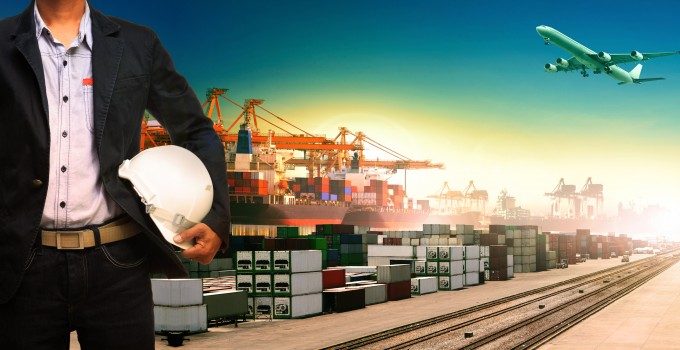Schedule reliability on the rise despite European port congestion
Despite ongoing reports and warnings of worsening port congestion levels in North European ports, container ...
WTC: RIDE THE WAVEFDX: TOP EXEC OUTPEP: TOP PERFORMER KO: STEADY YIELD AND KEY APPOINTMENTAAPL: SUPPLIER IPOCHRW: SLIGHTLY DOWNBEAT BUT UPSIDE REMAINSDHL: TOP PRIORITIESDHL: SPECULATIVE OCEAN TRADEDHL: CFO REMARKSPLD: BEATING ESTIMATESPLD: TRADING UPDATEBA: TRUMP TRADE
WTC: RIDE THE WAVEFDX: TOP EXEC OUTPEP: TOP PERFORMER KO: STEADY YIELD AND KEY APPOINTMENTAAPL: SUPPLIER IPOCHRW: SLIGHTLY DOWNBEAT BUT UPSIDE REMAINSDHL: TOP PRIORITIESDHL: SPECULATIVE OCEAN TRADEDHL: CFO REMARKSPLD: BEATING ESTIMATESPLD: TRADING UPDATEBA: TRUMP TRADE

Ships running off-schedule and not making berthing windows, cargo peaks caused by the introduction of larger vessels, and fears of strikes or shutdowns are some of the main reasons why port congestion at the world’s container terminals is once again a big talking point, according to Drewry. In the transport consultant’s Container Insight Weekly its analysis concludes that the issue is not restricted to one part of the world although it says that certain regions may be at greater risk of congestion in the longer term. Getting an ultra-large container ship discharged is the priority for ship operators but thereafter landside congestion, caused by truck shortages and a vicious circle of slow turnarounds, is a further burden for retailers struggling to keep the supply chain moving and their stocks replenished.


Comment on this article